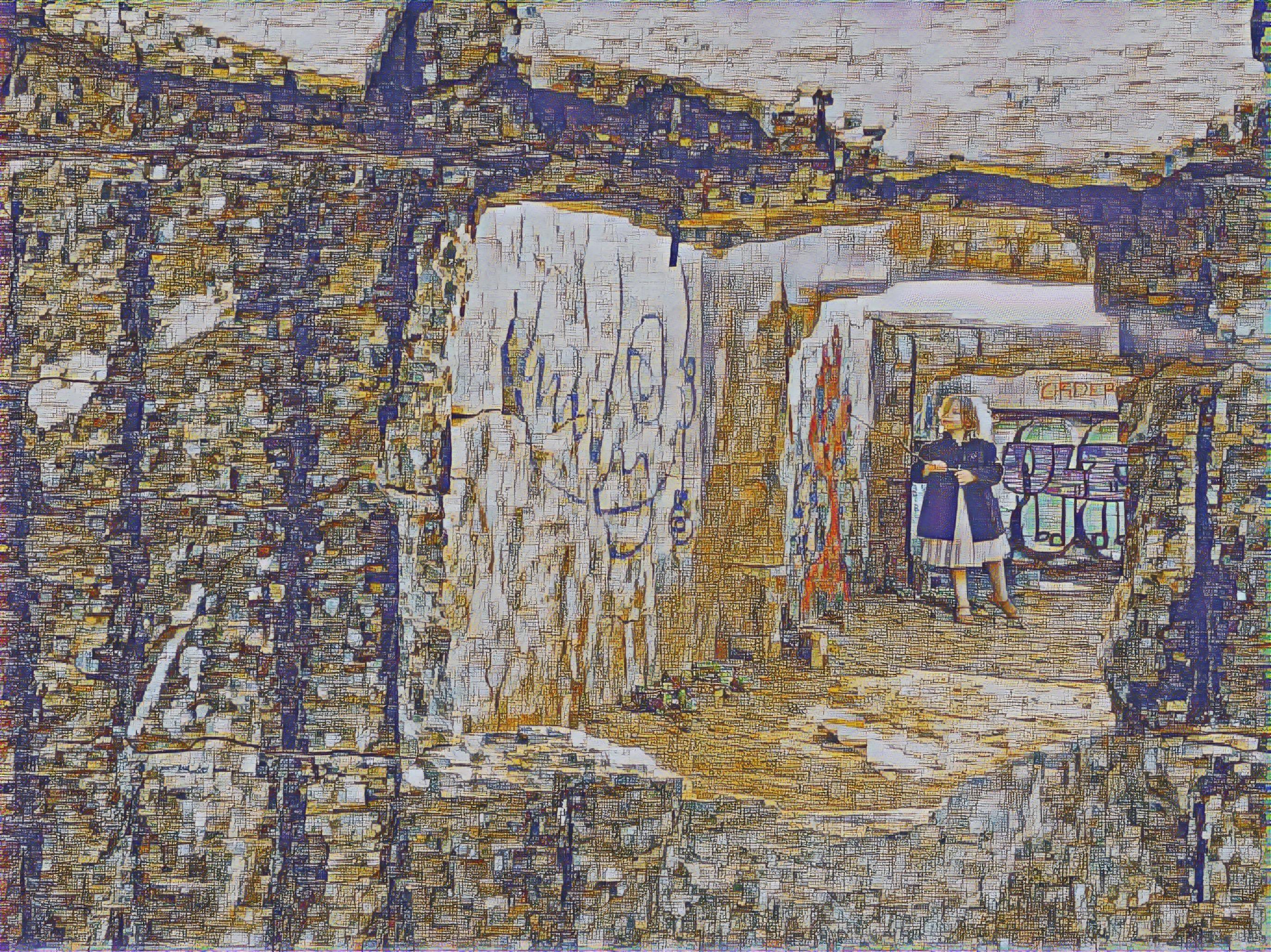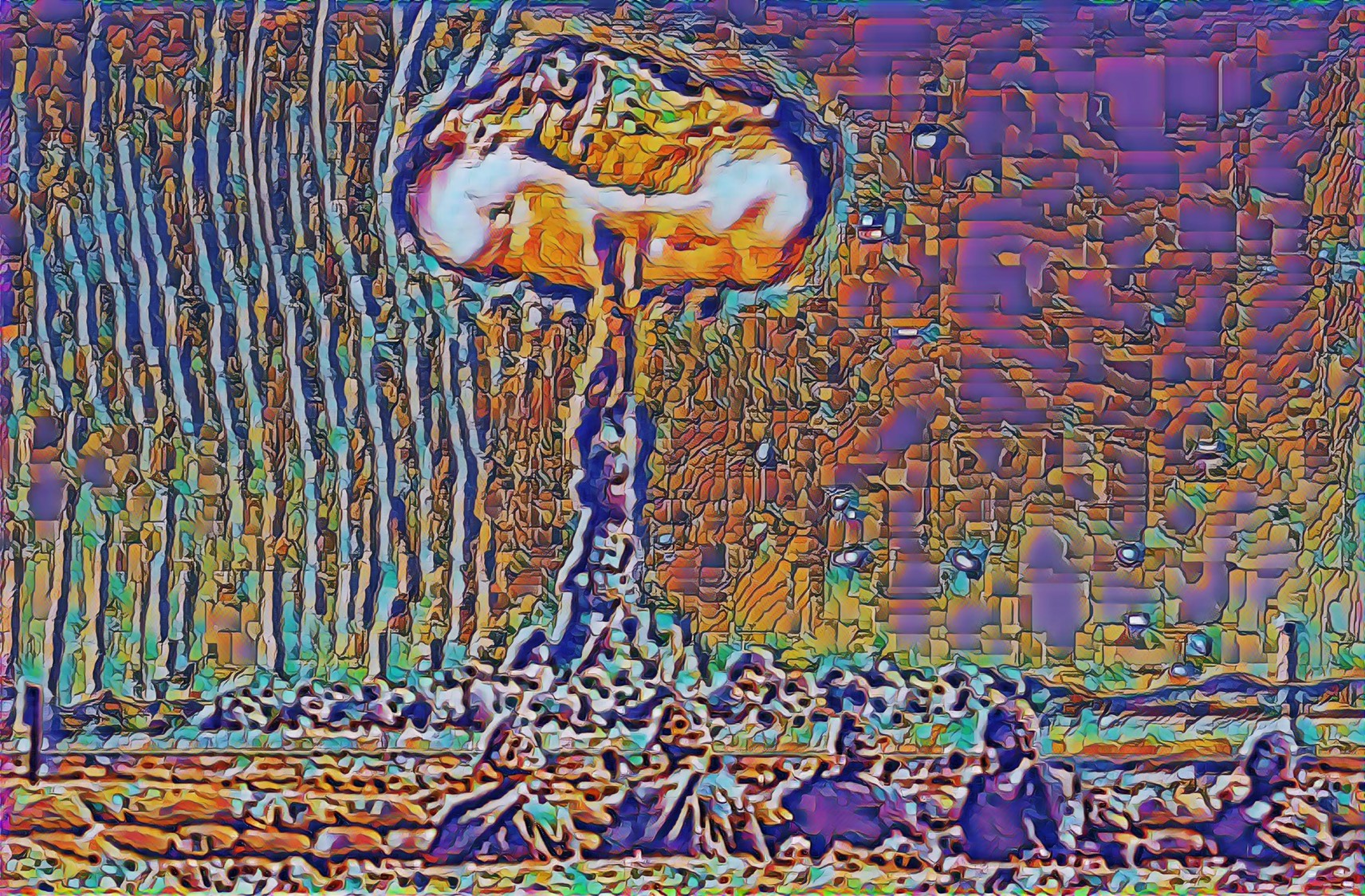rtpavlovsk21.github.io
Who I am
 |
I am a PhD Electrical Engineer, Radiation Detection Scientist. My expertise is in physics limited hardware development, specifically in the domains of complex digital and analog systems. I conceive, design and am the lead Electrical Engineer for high performance, multi-channel products with > 16 GHz analog bandwidth, 250 Gbits/sec digital bandwidth and develop event-driven digital signal processing algorithms to communicate physics data over 1-10 Gb/sec ethernet streams. I have deep experience in automating design pipelines in Altium, Verilog/VHDL, C/C++, Petalinux and Python. |
Current Work
I am currently the Head of Hardware at Gamma Reality Inc. I am responsible for programmatic reporting to investors and funders, writing of project proposals, discovering technical directions, creating technical templates for success for me and my team, and execution of project goals.
Previous work
My experience generally focuses around high performance radiation detection systems. These systems need to have specificity, sensitivity and directionality as fundamental inputs to the radiation detection problem.
Specifically my work has focused on creating, designing and building unique radiation detector instruments for 3D radiation mapping in real-time. These systems present unique challenges in all areas of mechanical, electrical and scientific investigation.
| NGLAMPv1 flight and first data products |
|---|
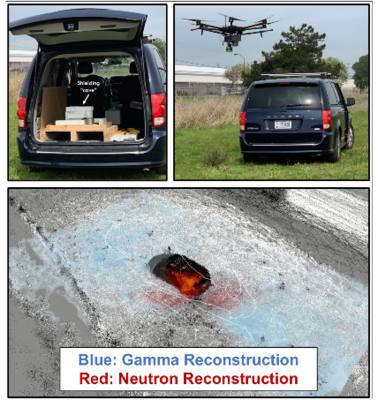 |
| NGLAMPv1 is carried onboard a small unmanned (sUAS), a Matrice 600, while performing simultaneous neutron and gamma-ray mapping. This demonstration shows a sheilded neutron source, concealed in its gamma-ray signature by heavy sheilding. Therefore the expected and observed result is a neutron-based localization with a uniform gamma-ray background. Read the seminal, |
| MiniPRISM internals | MiniPRISM dispersed contamination measurement |
|---|---|
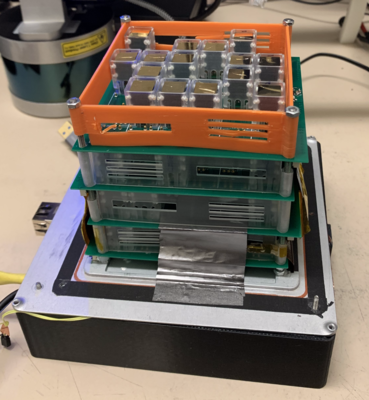 MiniPRISM is a 64 detector semiconductor detector array that utilizes discrete components to achieve Compton and Coded Mask imaging. The semiconductor detectors are single crystal volumes that are 1cm x 1cm x 1cm. Please watch for our Arxiv publication on this system which flies on sUAS and can be hand-carried. MiniPRISM is a 64 detector semiconductor detector array that utilizes discrete components to achieve Compton and Coded Mask imaging. The semiconductor detectors are single crystal volumes that are 1cm x 1cm x 1cm. Please watch for our Arxiv publication on this system which flies on sUAS and can be hand-carried. |
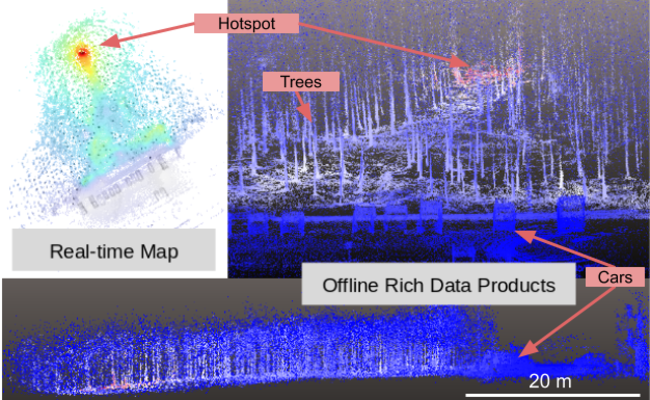 The above is a data collection in Fukushima Prefecture, Japan which shows a data product from a newly constructed parking-lot and adjoining forested area. The system is hand-carried in this case, as flying sUAS internationally is a bit of a trick! This measurement shows that contamination is found in the low-lying areas sloping away from the newly constructed parking-lot. The above is a data collection in Fukushima Prefecture, Japan which shows a data product from a newly constructed parking-lot and adjoining forested area. The system is hand-carried in this case, as flying sUAS internationally is a bit of a trick! This measurement shows that contamination is found in the low-lying areas sloping away from the newly constructed parking-lot. |
| RadWatch Measurements and Outreach |
|---|
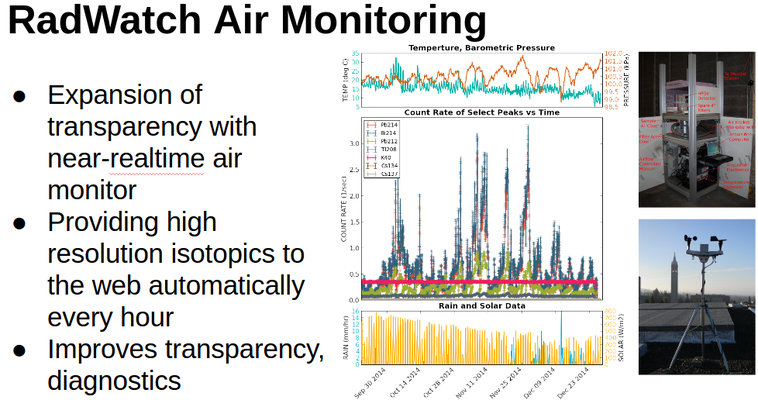 |
| Radioactivity in the air from Naturally Occurring Radioactive Materials (NORM) is found to have large weather variance due to a few factors: air current directionality, precipitation and humidity. In Berkeley for example, air from mainland sources tends to accrue more radon products than winds from the sea. Additionally rain washes out radon through charge neutralization and physical means. The above image is a time-series plot of radioactivity from specific isotopes in a planar high-purity germanium detector that I helped put online. |
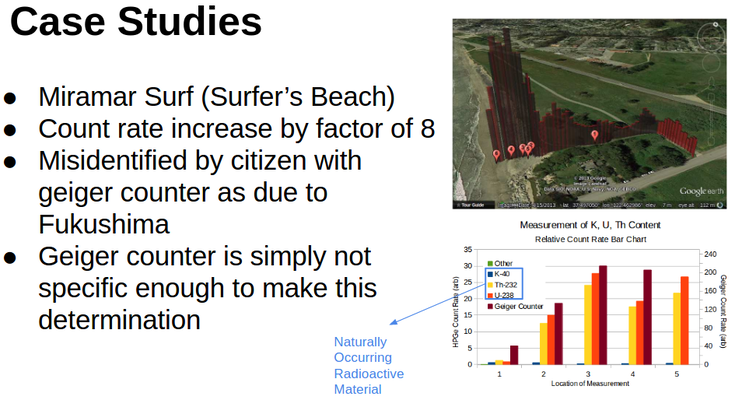 |
Github Public PRs of Note
- PR to make Numpy / h5py comparisons commutative in eq and neq
- USB-C Cable Tester Documentation Improvements
- PR to improve parsing in skidl of Kicad7 libraries
Non-work pieces
